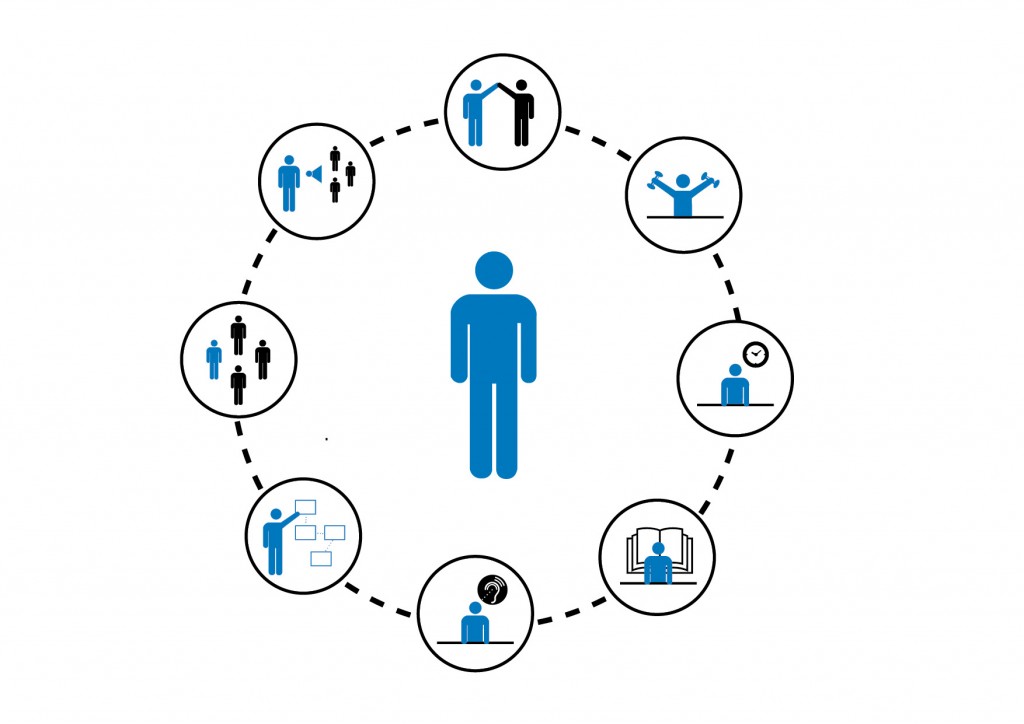Understanding Your Employees’ Skills is the Key to Bridging the Gap

The Skills Gap Exists
Yes there is a gap, and acknowledging it is half the problem.
I was recently reading the November edition of HR Magazine, in which SHRM CEO Henry G. Jackson was discussing the Global Skills Gap: An Opportunity to Excel. He inferred that the gap was not all on its own and was being driven by a gap between expectations of skills and pay. He was suggesting, and he is not alone in this belief, with the Nobel award winning economist Paul Krugman as well as Adam Davidson both commenting on it in the NY Times, that the hangover of the recession is a mismatch between the level of expertise hiring companies are expecting to bring on at a particular rate of pay, and what candidates believe their current skills and experience are worth.
Where is the Gap?
“The gap” exists in Manufacturing, in Retail and in service based sectors. In fact, IBM recently published the 2012 IBM Tech Trends report revealing, for example, that around 75% of students and educators report a moderate to major gap between what they teach and learn, and what’s needed in the workforce. Even today, 43% of respondents’ security policies don’t meet the demands of Mobile, whether that’s BYOD (Bring Your Own Device) or even static scenarios that could just be explored with social engineering techniques.
Employees Want to Use Their Skills
Also in that same issue of HR Magazine, SHRM’s 2012 Employee Job Satisfaction and Engagement research report indicated that “opportunities to use skills and abilities” is now the top spot for employee job satisfaction. Employees want to feel like they contribute more of what they know. That sounds like we as employers don’t understand what our employees can do, and even when we do, we don’t make the most of it.
What is “The Gap?” Define it.
Whether you are a coffee company, health insurance provider or bank, the services that your customers engage with are delivered through IT. Most organizations now are in the business of shipping software, whether it’s iPhone apps to find your nearest store, or critical customer engagement on your websites. Whatever it is you do, you’re also in the IT business.
To that end, one of the keenest groups in an organization to have an agile, focused learning group, is IT. Keen to understand as a motivator, what they can learn to be on the leading edge of what they do and keen to stay current as products change. Or, where the organization is concerned, keen to know where the right skills are for the right projects and that their IT institutional infrastructure and the skills needed to operate it are defined. Often, IT is the only internal group to have its own (non-HR owned) Learning and Development Manager. Many times we see IT leading the charge to define and assess skills against which focused development can be planned, to mitigate risk strategies ahead of new technologies or even current ones affecting operations.
Track What People Possess What Skills
Defining a competency framework that can be flexible in the alignment of jobs, assignments or projects, while maintaining a consistent language and structure, is key. A consistent, flexible framework provides the structure to assess, analyze and track skills. This in turn enables informed decisions about engaging people and their skills at the right time and in the right place. It is then that your Smarter Workforce is enabled.
Define Competencies. Structure them.
When we say competencies, we are not just talking about a core set of cultural statements, we are talking about those skills that might be engaged 10 times a day, 5 times a week; a multiplied impact by frequency that can be significant. We are also talking about defining competencies to improve the processes in place today, with a content rich architecture of information to deliver a Smarter Workforce. Not just definitions of what “good” looks like, but tools to:
- Assess fit and capability using competency specific proficiency targets
- Accelerate on-boarding and ramp time to productivity using clear expectations of performance
- Communicate expectations enabling clear goal setting. Organizations that do this achieve 2X achievement than those who don’t, according to the Aberdeen Group: Talent Acquisition Lifecycle 2012
- Consistently communicate operating principles, institutional memory, and shared expertise of high performers.
- Leverage in your current talent management tools to increase return on investments already made and incrementally improve processes in place
Close the Gap
Can we ever close the skills gap, particularly in IT, as products, their uses and applications continue to change in parallel with Moore’s law?
Part of the solution to adapt to that constant change and expedite defining your gap, is the use of an enterprise IT job competency library. Ensuring this library has a mature architecture and current content adaptable to your needs, is key to quick delivery and evolution along with your business and IT needs.
Build the Competency of Defining Competencies
Defining your organizational skills gap is crucial to addressing it. We may always have a gap, but knowing where we are, and where we want to be, is the only way we can measure and act to take steps on the path to closing it. This will ensure the decisions we make about technology are made with an embedded skills component, rather than after the fact. It is the only way we can help other arenas such as the academic and education sector, know the delta of education exit levels and employment entry levels.